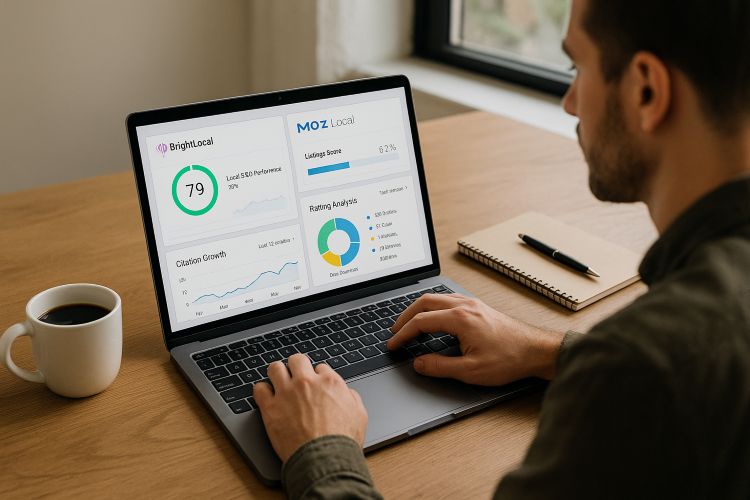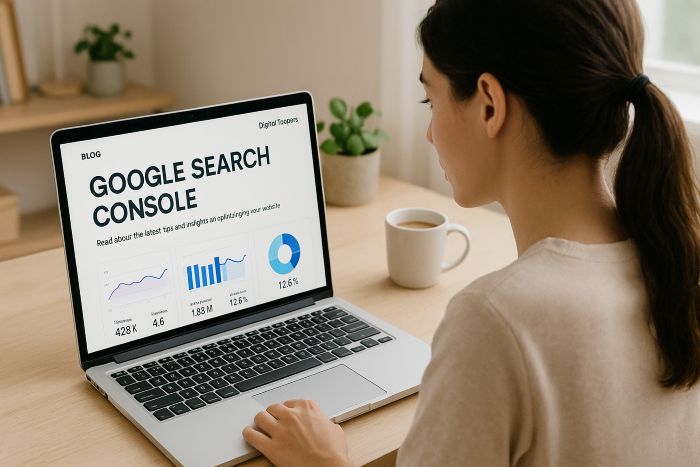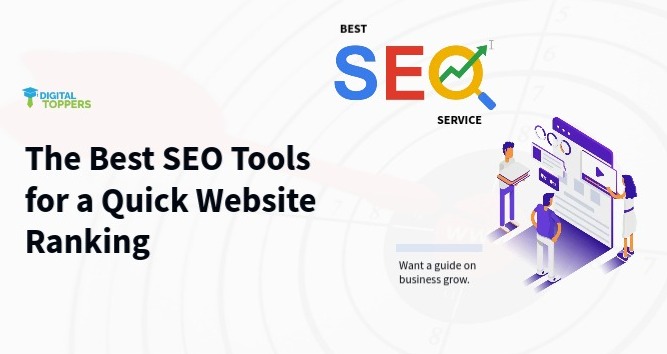Top 50 NAP Citation Sites for Local SEO 2025

If you want your business to be discovered online, accurate business information is crucial. Whether you’re a digital marketer, SEO professional, agency, or local business owner, ensuring your details are correct across the web is essential.
NAP stands for Name, Address, and Phone number. A NAP citation is when your business’s name, address, or phone number is mentioned on another website.
Good NAP citations signal to Google and other search engines that your business is real, trustworthy, and active. This, in turn, helps improve your local search rankings.
In this guide, you will explore what NAP citations are, why they matter, how to build them correctly, and the top 50 NAP citation sites in 2025, including free options in India.
What Are NAP Citations?
A NAP citation is simply your business name, address, and phone number listed on another website. Citations help search engines verify the legitimacy of your business.
There are two main types:
- Structured citations – Listings in business directories with dedicated fields for Name, Address, and Phone. Examples include Google Business Profile, Yelp, and Justdial.
- Unstructured citations – Mentions of your business on blogs, news articles, social media posts, or review sites without dedicated NAP fields.
Search engines use citations to cross-check your business info. Consistent citations across the web improve your chances of ranking higher in local search results and Google Maps.
Why NAP Citations Are Important:
- Rank higher locally – Google trusts businesses with accurate and consistent information.
- Be found easily – Customers can locate your business on maps and online directories.
- Get more calls and visits – Accurate info ensures people can contact or visit you without hassle.
- Build trust – Mentions and reviews across multiple platforms increase credibility.
Using free NAP citation sites in India is especially useful for small businesses. Global platforms like Google, Bing, and Trustpilot help businesses reach international customers.
Benefits of NAP Citation Sites
- Better search ranking – Google evaluates citations to verify your business.
- Higher visibility – Appear more often in local searches and Google Maps.
- Referral traffic – People visiting directories can click through to your website.
- Reviews & trust – Many citation sites allow customer reviews, boosting credibility.
- Cost-effective – Many free NAP citation sites in India are available for businesses.
How to do NAP Citations Correctly
- Collect accurate business info – Include name, address, phone number, website, business hours, and category.
- Maintain a consistent format – Use the same style and spelling for all listings.
- Start with big global sites – Google, Bing, Facebook, Yelp.
- Add regional or niche sites – Use free NAP citation sites in India to target local customers.
- Track all listings – Maintain a spreadsheet with URLs, logins, and statuses.
- Update info regularly – Any change in address, phone, or website must reflect across all citations.
- Encourage customer reviews – Reviews add authority and trust signals to search engines.
Top 50 Free NAP Citation & Review Sites for Global and India Businesses:
| S.NO | Site Name | Category |
| 1 | Google Business Profile | Global Essentials |
| 2 | Bing Places for Business | Global Essentials |
| 3 | Apple Maps | Global Essentials |
| 4 | Global Essentials | |
| 5 | Global Essentials | |
| 6 | Yelp | Global Essentials |
| 7 | Foursquare | Global Essentials |
| 8 | Yellow Pages | Global Essentials |
| 9 | MapQuest | Global Essentials |
| 10 | Trustpilot | Global Essentials |
| 11 | Hotfrog | General Directory |
| 12 | Manta | General Directory |
| 13 | MerchantCircle | General Directory |
| 14 | Brownbook.net | General Directory |
| 15 | Cylex | General Directory |
| 16 | CitySquares | General Directory |
| 17 | Local.com | General Directory |
| 18 | CallUpContact | General Directory |
| 19 | Yalwa | General Directory |
| 20 | Justdial | India-Focused |
| 21 | Sulekha | India-Focused |
| 22 | IndiaMART | India-Focused |
| 23 | TradeIndia | India-Focused |
| 24 | Mouthshut | India-Focused |
| 25 | AskLaila | India-Focused |
| 26 | Grotal | India-Focused |
| 27 | ClickIndia | India-Focused |
| 28 | Showmelocal | India-Focused |
| 29 | NearMeTrade | India-Focused |
| 30 | IndianYellowPages | India-Focused |
| 31 | TrustIndex | Reviews & Reputation |
| 32 | SiteJabber | Reviews & Reputation |
| 33 | Glassdoor | Reviews & Reputation |
| 34 | Clutch.co | Reviews & Reputation |
| 35 | GoodFirms | Reviews & Reputation |
| 36 | Feefo | Reviews & Reputation |
| 37 | ReviewCentre | Reviews & Reputation |
| 38 | Reviews.io | Reviews & Reputation |
| 39 | SiteProNews | Reviews & Reputation |
| 40 | ConsumerAffairs | Reviews & Reputation |
| 41 | Brightlocal | Reviews & Reputation |
| 42 | Better Business Bureau | Reviews & Reputation |
| 43 | G2 | Reviews & Reputation |
| 44 | ConsumerAffairs | Reviews & Reputation |
| 45 | TrustRadius | Reviews & Reputation |
| 46 | Product Hunt | Reviews & Reputation |
| 47 | Reputation.com | Reviews & Reputation |
| 48 | Connect2India | Reviews & Reputation |
| 49 | HelloBiz | Reviews & Reputation |
| 50 | AskMe | Reviews & Reputation |
Common Mistakes to Avoid
- Using different formats for name, address, or phone number.
- Creating duplicate listings on the same platform.
- Ignoring verification emails from directories.
- Not adding your website or business category.
- Forgetting to update listings after moving or rebranding.
Conclusion
NAP citations are essential for local SEO and online credibility. Using both global directories and free NAP citation sites in India will help your business:
- Be found easily online
- Attract more customers
- Build trust and authority
Start with top global sites, then expand to local Indian directories for maximum reach. Keep your NAP consistent, encourage reviews, and monitor your listings regularly.Consistency is key — accurate NAP citations today mean more visibility, trust, and customers tomorrow.
Also Read: Top 50 Dofollow Image Submission Sites with High DA/PA (2025)
Top 50 NAP Citation Sites for Local SEO 2025 Read More »














